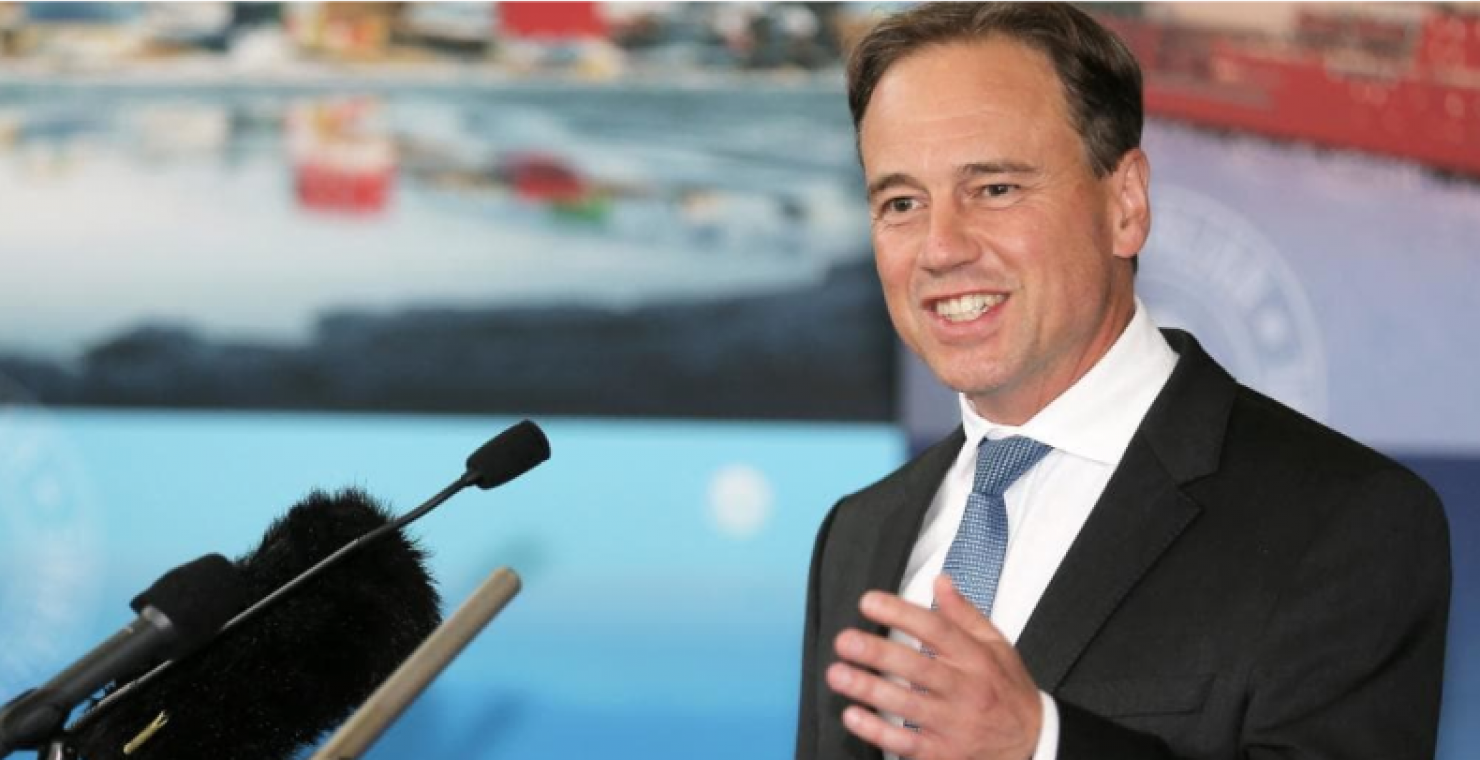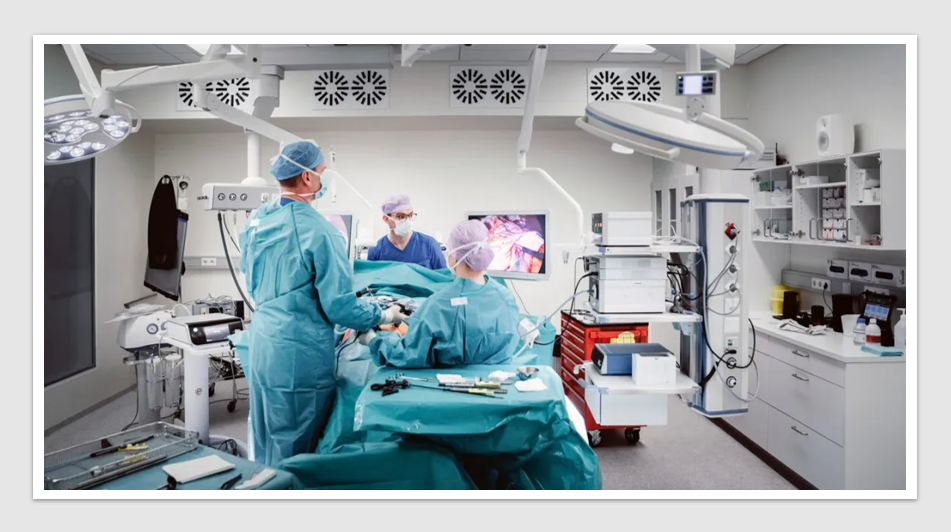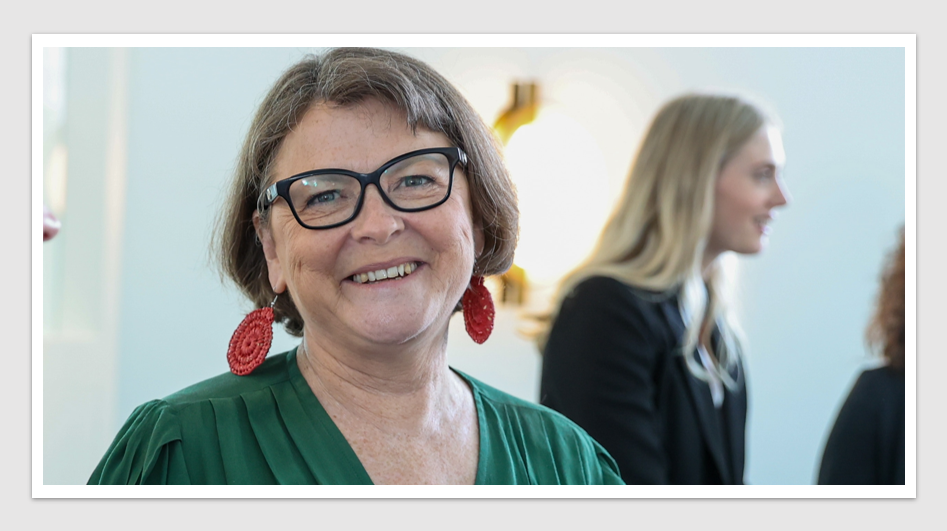News & Trends - Pharmaceuticals
Health Minister addresses Medicines Australia’s PharmAus19

Thanks very much to Liz and to Anna for your leadership of Medicines Australia; to all of you who are involved in the great stages and processes of bringing new medicines to Australia, whether on the research side, whether on the development side as pharmaceutical companies, as people involved in the clinical side through our pharmacies, or through our hospitals.
And to put it all into perspective, on Saturday morning I went down to West Rosebud and I was at the opening of the new Southern Peninsula Woodworkers Shed.
It was a very nice shed. The guys were very happy, older demographic, and one of them said to me “thank you”.
And I said: “I’m very happy, you’re welcome, what did I do?”. And he said: “I have access to one of those immunotherapy type things”. And I said: “oh, yeah”; and he said: “it happens to be Keytruda and I have melanoma and – but for that, I wouldn’t be here because it would have cost me hundreds of thousands of dollars and our family wasn’t in a position to do that”.
And he said: “I’m a young granddad. I’m going to get to be an old granddad”.
And that could have been any one of you with any one of your medicines. It could have been Bavencio and its work in taking care of patients that we listed in the Budget; and the Prime Minister and I went out and saw the patients who were protected.
It could have been Avastin and to Tecentriq, which, again, the PM went with me to the Northern Cancer Institute in St Leonard’s only two weeks ago, and we met Pernille, who had stage four lung cancer. She felt a true respiratory condition.
It manifested itself in extreme hip pain and she said to us: “But for the access to these new medicines, which would otherwise have cost $189,000 and will help 755 patients around Australia, I wouldn’t be here”.
And that compassionate access that she was given as part of a trial is now available to every patient that has that indication around Australia for a stage 4 metastatic lung cancer.
And her story is the story of so many people.
In fact, I’ll share something that Marise Payne said to me the day after just in the corridors of the parliamentary offices in Sydney. She said with some tears in her eyes: “I am so pleased at that listing”.
I lost my mother a decade ago at about the same age as Pernille to a stage four lung cancer that manifested itself with a crumbling hip. And she said: “I believe that if she’d had the same medicine, she’d still be with us. And I understand it wasn’t available then. It didn’t exist”.
But for me to know that my mum, if she were alive, would have that access and that all the other mums and equivalents, family members, have that, is immensely powerful.
And that’s a story that I hear literally every week and virtually every day. Somewhere in Australia, somebody will talk to me about how your medicines have helped change their dear lives or the lives of their family members and made a profound difference.
I had a letter from a mum about a little girl, Stephanie. Stephanie has spinal muscular atrophy, and I’ve met this young girl, and the spinal muscular atrophy had started to take effect at about age three and she’s had access to Spinraza, which was announced in Budget 2018 by the then treasurer, now Prime Minister.
It’s one of, he says, the proudest things he’s ever had the opportunity to be involved with – a medicine that would have cost over $300,000. And the mum wrote to me about this little daughter to say that her movement is coming back; her ability to do individual things is improving.
She’s not out of the woods, she’ll never be perfectly cured as things currently stand, but with medical research evolving, one never knows.
And so these are the real stories and the real things. And it could be Tagrisso also for a genetic mutation which produces lung cancer; it could be Sprycel for acute lymphoblastic leukaemia, Venetoclax for CLL.
So many other medicines that all of you here have helped contribute through your energy and your effort.
And so, the big picture is that together, we’ve now been able to list over 2200 – and today is the first time I’ve been able to use that figure – 2200 new medicines since we came to Government on the PBS.
And that amounts to over 965 since I was fortunate to come to this role – essentially one a day on average. And the commitment is absolute to list where the PBAC recommends and obviously where that’s accepted by the companies.
And the advice that I have, as of only yesterday, in writing from my department is that with the new listings that I’m expecting we’ll be able to complete within the coming two weeks and therefore announce on 1 November, there will be no medicines for which the PBAC has made an offer and those conditions by law, which have to be accepted, had been accepted, which are then waiting for approval.
And that’s part of the deal that we struck with Medicines Australia. And so, where the PBAC makes the recommendations and their conditions are accepted, then we will list it. We’ll do it post-haste. I’m delighted to announce that on our watch, and in particular over the last two years, there’s been a 40 per cent reduction in the time to listing and I think that that’s a very powerful message to Australia.
It’s a deep, passionate, personal commitment. It’s part of what’s been over a $10.6 billion investment in new listings but with over $40 billion for PBS listings and supporting the PBS over the coming four years in what is an uncapped budget. I have a commitment to continue that.
And when you ask the Prime Minister and the Treasurer and the Finance Minister, I suspect this is the first time in the last 70 years where you would get these.
What is the number one example of the dividends of a strong economy translating to essential services? I reckon they’ll all say the PBS and the medicines.
And that’s your success in supporting patients and it’s our success together in showing to government and the community the value of what you do.
So against that, the second thing I want to address is the immensely important contribution that you make to the Australian economy – so beyond health there’s the economic benefits.
Now I think Anna, the latest work and Liz, the latest work is it’s about $8.9 billion of contribution to the Australian economy – roughly 23,000 jobs that would come from your work – a billion dollars in small business support alone.
And only last week I visited one example of the new investment that’s occurring, and I know that there are other investments going on and others that hopefully will soon be announced as you go through your final investment decisions.
But I saw the CSL Blood Fractionalisation Plant related to the work in terms of medicines, but medical industry and innovation in Australia, all up that will be a near to a billion dollar investment in terms of 200 million for the building, 400 million for the fit out, 400 million for all of the other related activities.
And that’s an economic driver in Australia, but is just one example of what’s occurring. And that’s why last year we contributed $1.3 billion in the budget for a Health and Medical Sector Development Program because we believe in the health benefit.
We also recognise that there is a significant multiplier effect, and in fact, one of the findings of research done, in this case by the New South Wales Government, is that some of the fastest jobs growth in Australia is in the health and medical precincts surrounding our universities and their hospitals.
And that’s about clinical trials, that’s about R&D, and ultimately, that’s about drug, and device, and tech – and medical technique, development and rollout.
And that really matters, that’s human and it’s economic and economic means jobs and it means income and it means outcomes for Australian families.
And so you should feel a real sense of pride at your contribution on every front. And there are good days and there are bad days, but all up, what you do is immensely powerful for each of you individually and for its contribution to the lives of patients and the health in every possible respect of the nation.
So then that brings me to the partnership between Medicines Australia and the Government.
One of the very first things that I did was work with Medicines Australia on the agreement which we struck and that allowed us that compact – which is a five year compact and in my view an absolutely fundamental compact and commitment – allowed us to reinvest $1.8 million, $1.8 billion into new medicines, to bring forward medicines such as, Orkambi and Spinraza, Kisqali for breast cancer and so many of you have been involved in so many of these.
And then, in turn, what that also has led to is an extra billion dollars that we brought forward, and then in this year’s budget the commitment to uncapping and working on the PBS, so as you have that clear permanent commitment that is there for all of the medicines to be listed – that’s immensely important.
As part of that and something that Liz, and Anna, and before them Wes and others were focused on, is the pathways for provisional and priority listing under the TGA. Now we’ve brought those into being and you helped design them, and we helped deliver them.
And they exist and that’s already occurring with the TGA, many of you have been able to avail yourselves of those. But we can always do more and I think that’s – it’s important for you to understand that that process of continuing to expedite and facilitate is a powerful personal commitment.
So we delivered those provisional and priority listings processes and now the next thing is to work on the facilitated and the expedited listing processes and I can confirm today and announce to PharmAus, after talking with Andrew Wilson this morning, that we will be delivering the facilitated and expedited PBAC processes in 2020.
And that’s an important response almost in real time, I’ve got to say Liz, to the report which you delivered yesterday and we’re responding to today.
That’s a good, efficient turnaround and later on today you’ll hear from Andrew Wilson but we have agreed and confirmed that that will occur within the coming months.
At the same time, what we’ll also be doing next year, in the first quarter, is commencing the review of the National Medicines Policy – and I think that that’s extremely important – and we will be continuing to deliver on new rounds of clinical trials under the Medical Research Future Fund.
We announced in the 2019 Budget a 10-year investment plan for the Medical Research Future Fund – so there’s certainty, also so nobody could take it away.
And that included, as one of the four themes of the Medical Research Future Fund, $614 million for rare cancers, rare diseases, and unmet needs clinical trials.
There are new rounds that will open up in November and in addition to that what’s important to know is that that is now set down as a decade long commitment.
Each year you will have in the order of $60 million available for rare cancers, rare diseases, unmet needs clinical trials – 54 trials across that program and in conjunction with the brain cancer mission.
For programs or projects such as Professor Nick Gottardo’s medulloblastoma trials for children and young adults.
Can you imagine anything more important than that? Giving parents of children with an aggressive brain cancer a hope at life, at treatment and possibility where none existed before – that really matters, like that really matters.
And you’re all part of that and the opportunities to do that are now greater than ever before.
We’re also working to expedite our clinical trial pathways and to develop a single national front door which we want to be able to deliver during the course of 2020.
So those are the things that come together in the agenda of what we’ve done together but which we will be delivering together over the course of the next year.
So I want to thank and acknowledge all of you.
But at the end of the day, it’s the patients that we meet each and every week, and almost every single day who benefit that are the reason we’re here. And with that I am delighted to officially declare open PharmAus 2019.
News & Trends - MedTech & Diagnostics

Bariatric surgery trumps Novo Nordisk’s Wegovy in cost-effectiveness and durability
MedTech & Diagnostics News: Bariatric surgery emerges as cost-effective, boasting superior and enduring weight loss outcomes over a five-year span […]
MoreNews & Trends - Pharmaceuticals

Aussie digital health company hits new milestone in AstraZeneca partnership
Pharma News: Fewer than 50% of asthma patients adhere to their prescribed preventative medications. An Australian digital health company has […]
MoreDigital & Innovation

Medical drone to reduce health equity gaps in rural and remote Australia
A specialised medical drone which increases accessibility to essential health services such as pathology, medicines, and telehealth services in rural […]
More